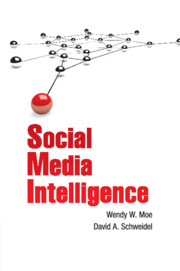3 - Why Do We Share Our Opinions?
from Part II - Online Opinion or Online Noise
Published online by Cambridge University Press: 05 February 2014
Summary
In the previous chapter, we focused on opinion formation and the various factors that influence that process. In this chapter and the next, we look at what happens after you have formed an opinion. Do you share it with others? And, if so, why do you share it and what specifically do you say?
By “opinion expression,” we refer to an individual’s decision to communicate his or her opinions to others. This decision stage serves as a filter between an individual’s underlying opinions and the sharing of those opinions. As with any filter, not everything that encounters it is going to pass through. An individual may decide not to share any opinion at all or to voice a modified (or moderated) version of his or her actual opinion. In other words, the opinion expression decision can be broken down into two components: (1) whether to share an opinion and (2) what opinion to share.
Imagine you are chatting with some new friends, co-workers, or neighbors whom you have met fairly recently. In such unfamiliar situations, most people err on the side of caution and steer the conversation to safe topics like the weather, local restaurants, new movies , or weekend plans. That way, you don’t run much risk of inadvertently offending the people whom you just met by expressing a potentially contentious opinion.
- Type
- Chapter
- Information
- Social Media Intelligence , pp. 37 - 52Publisher: Cambridge University PressPrint publication year: 2014



